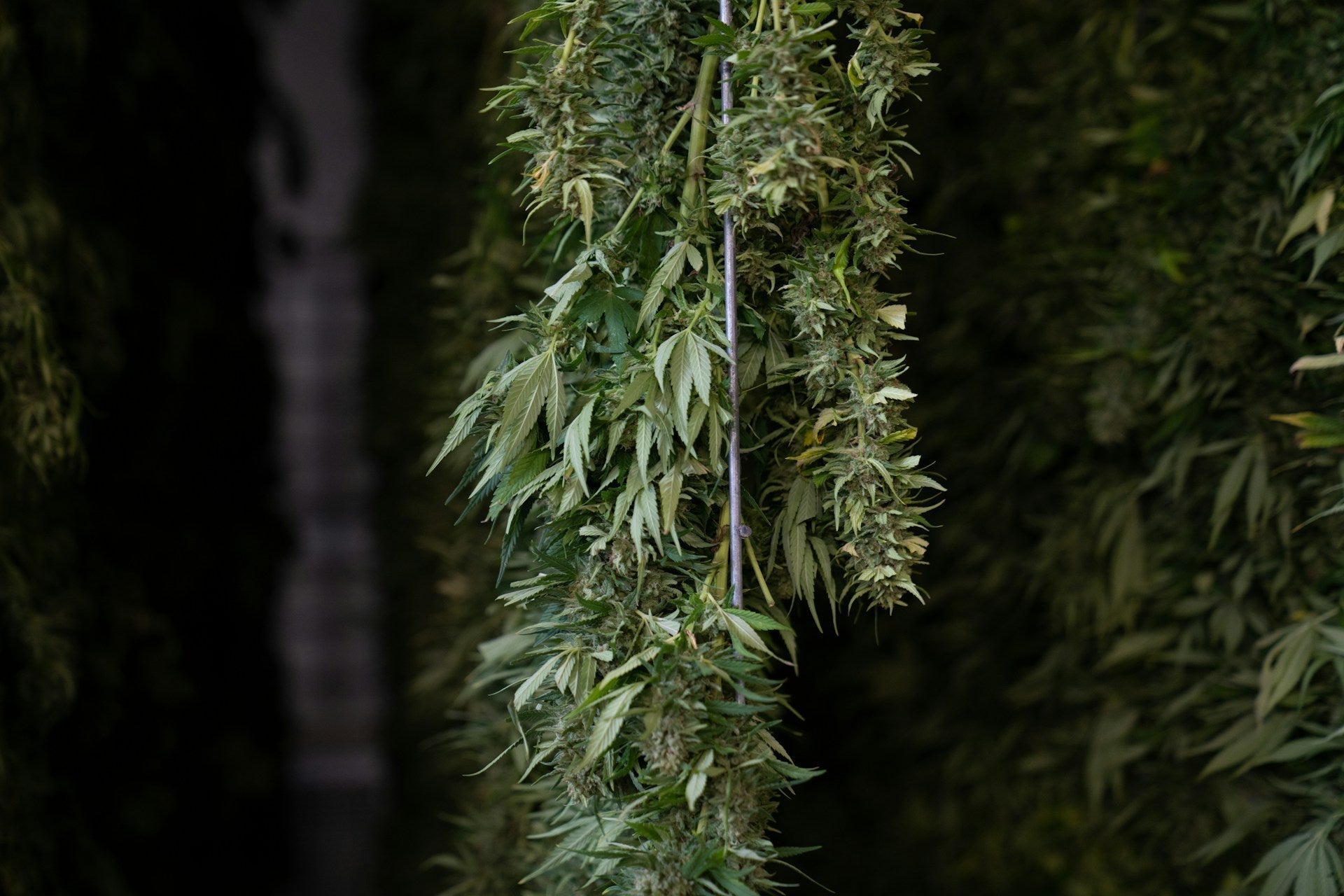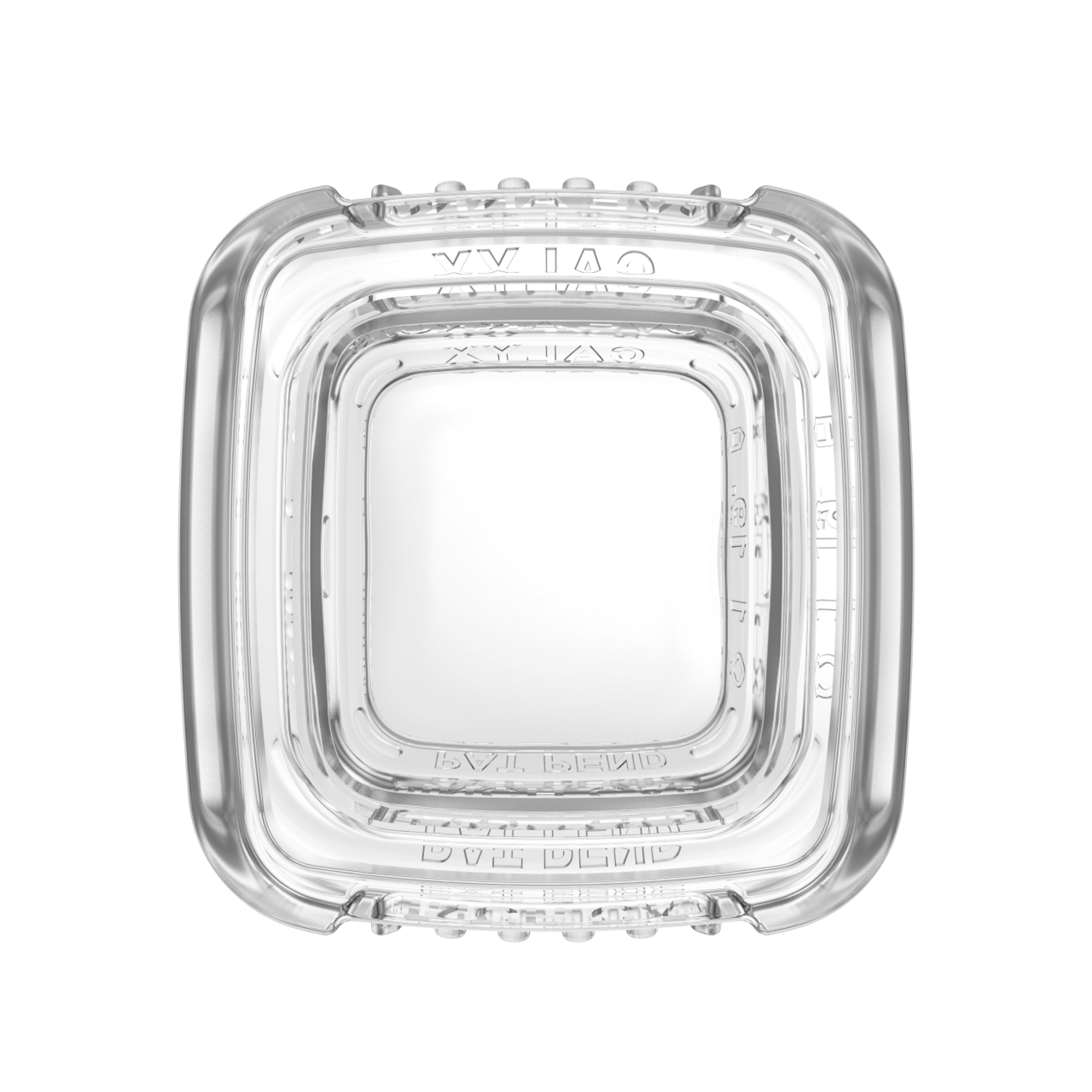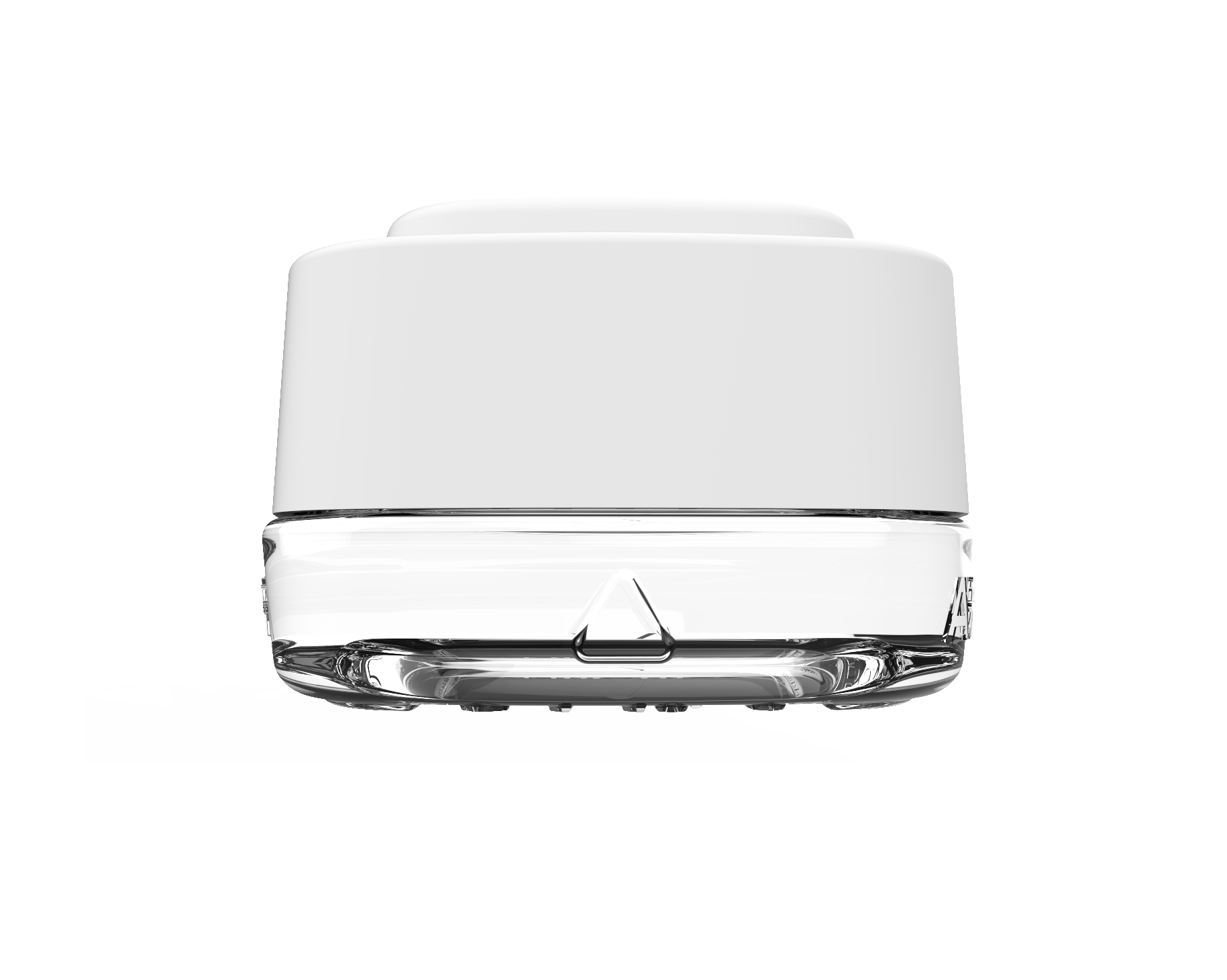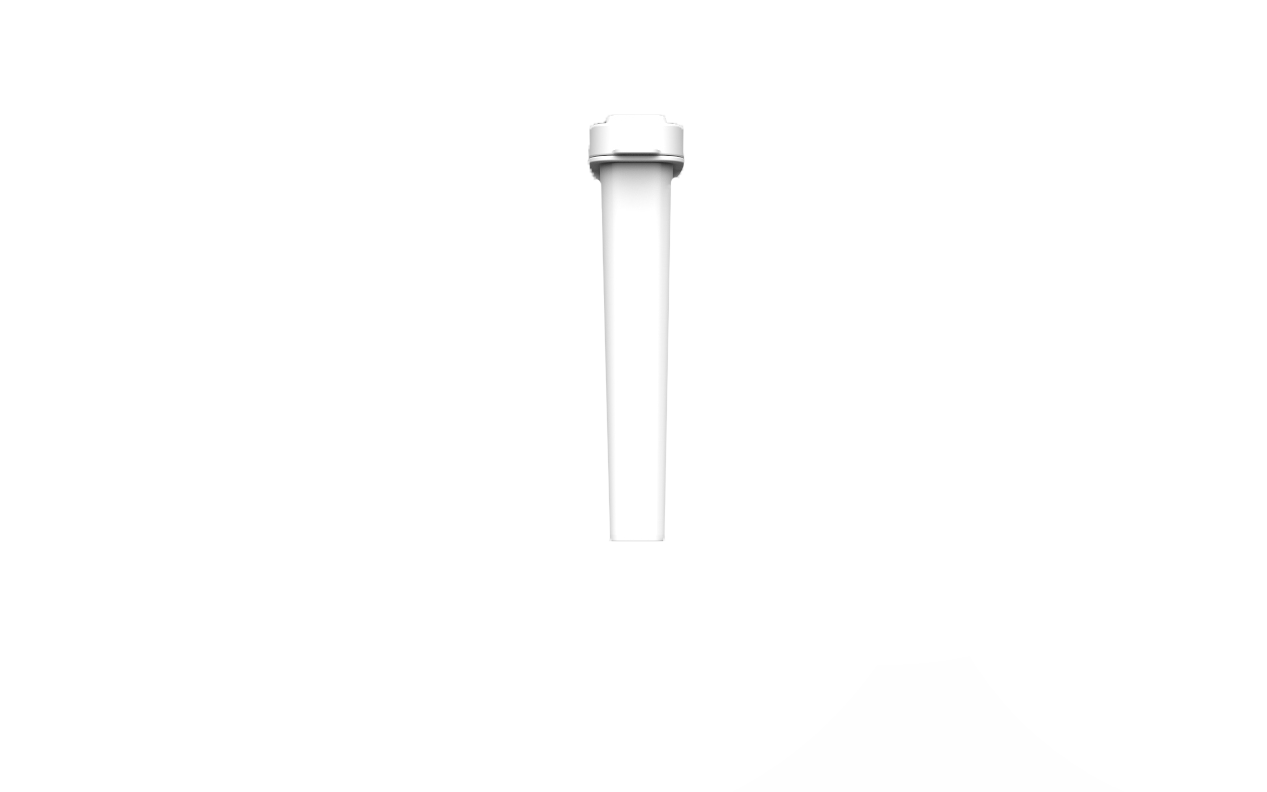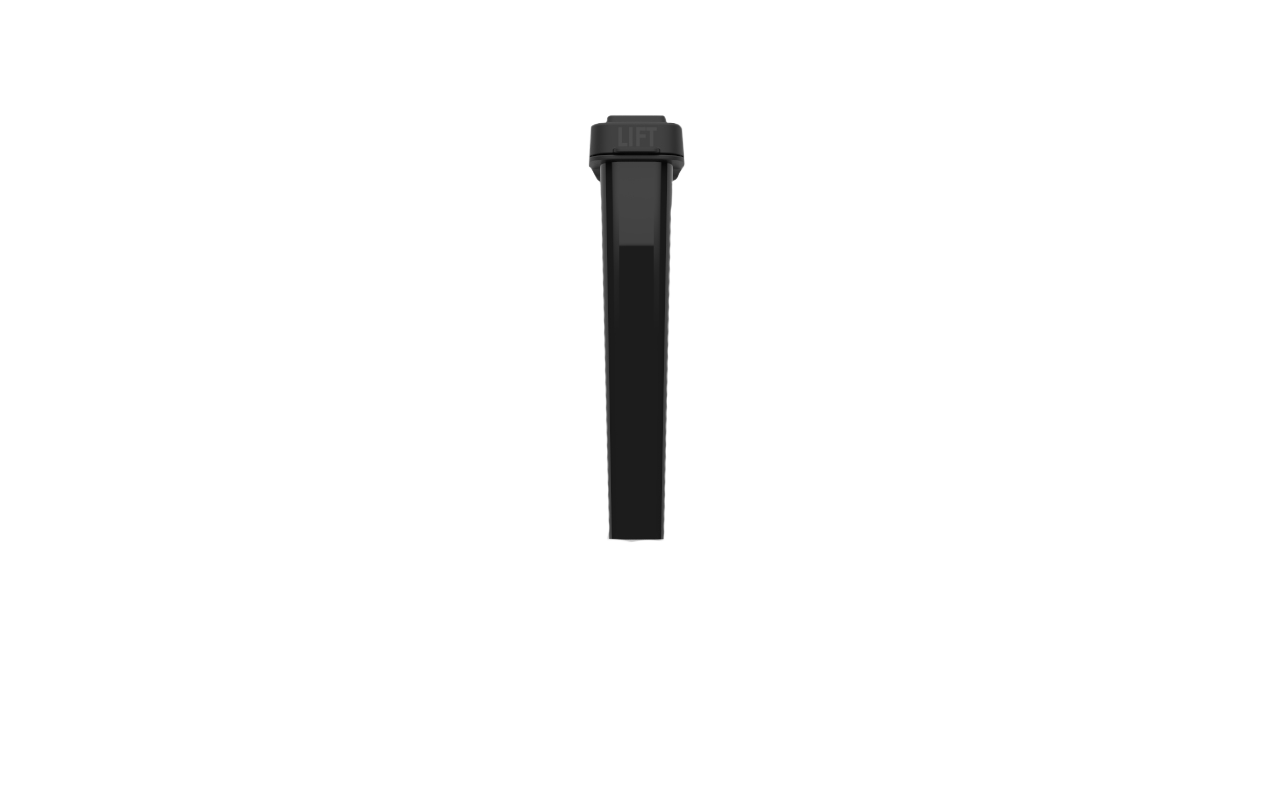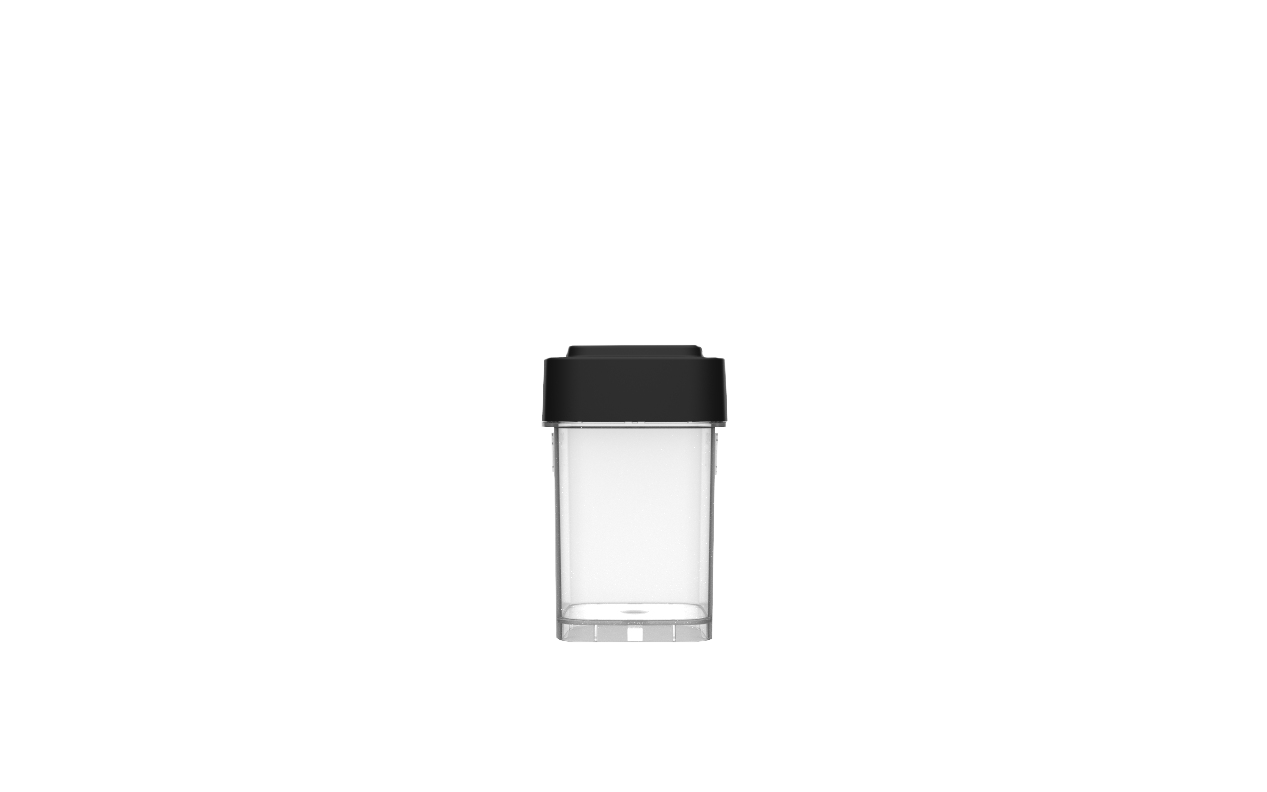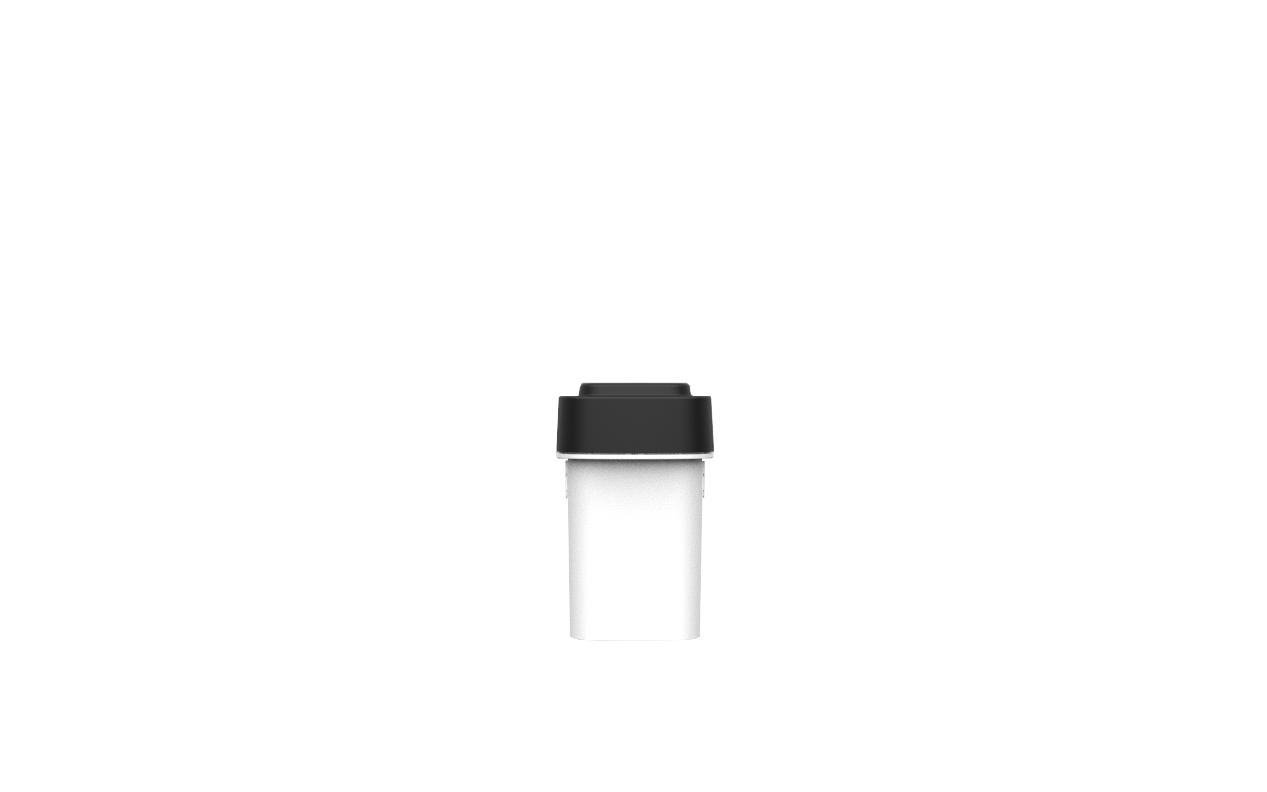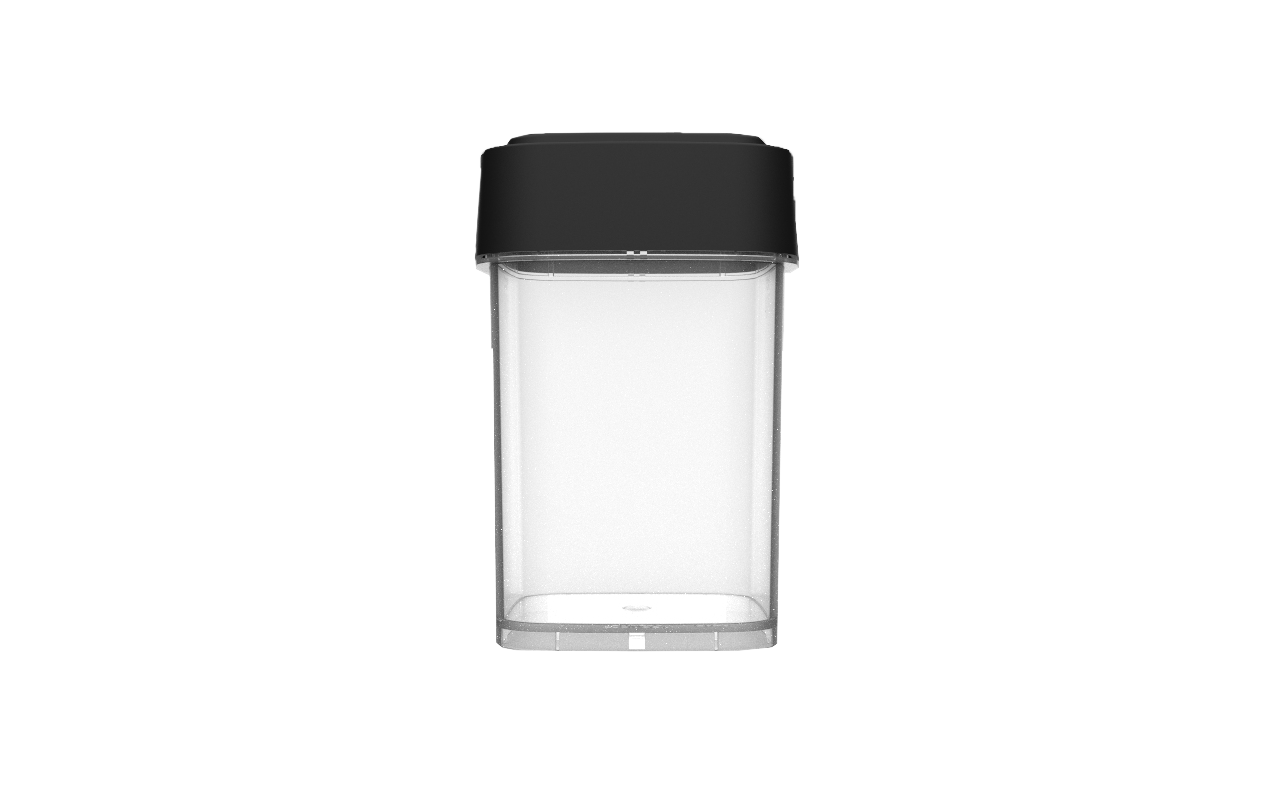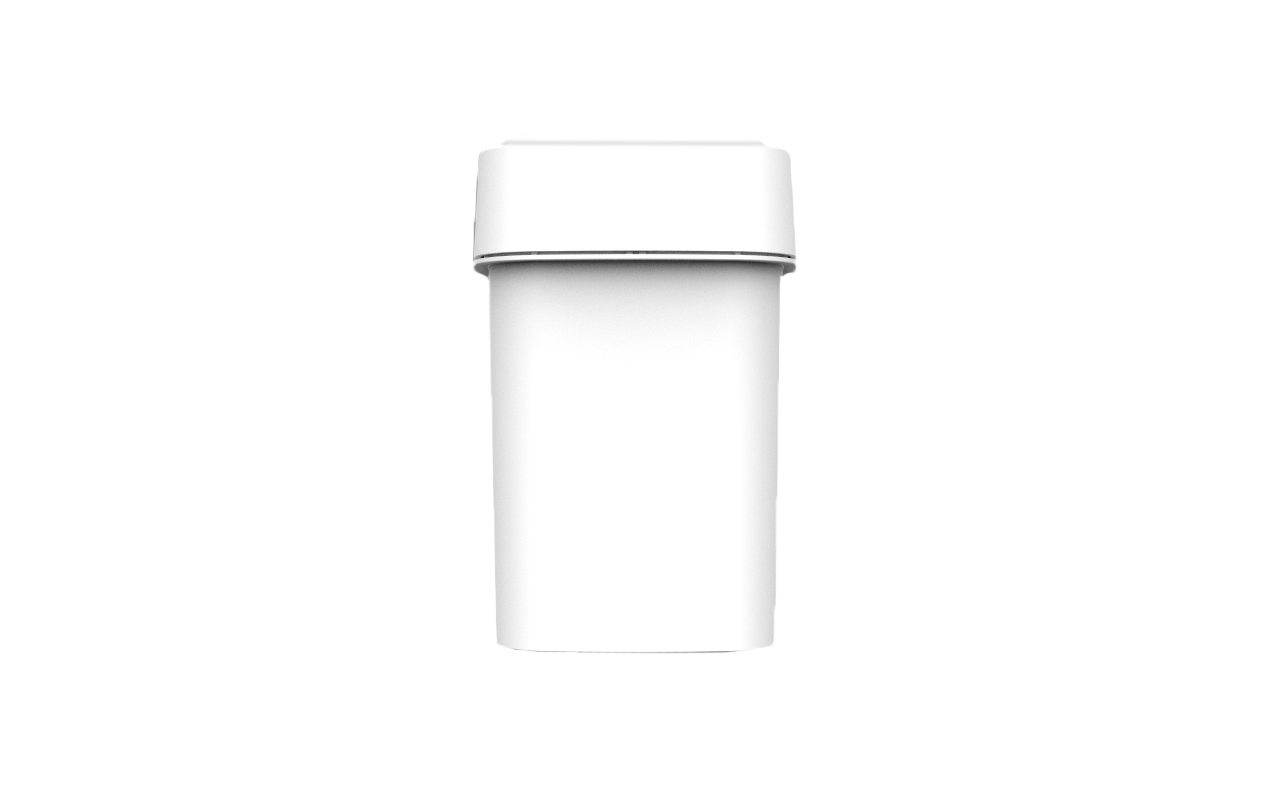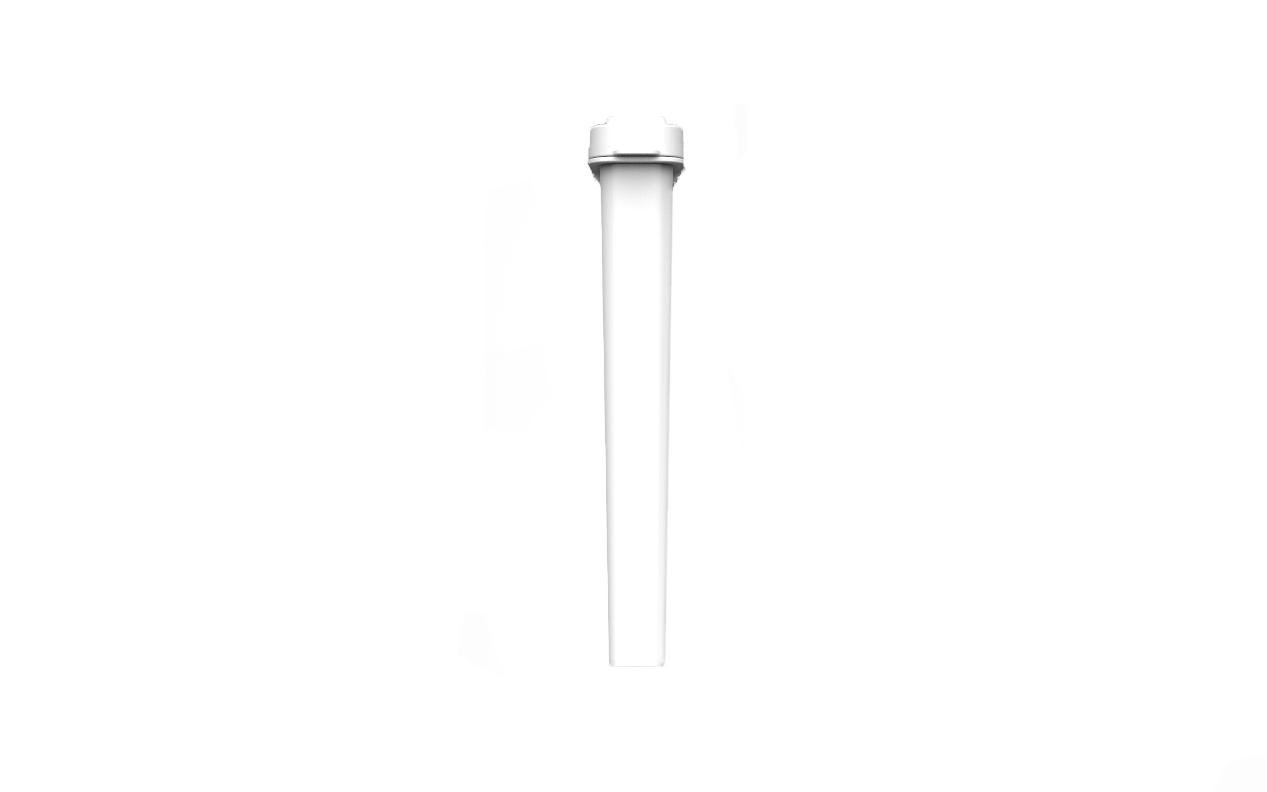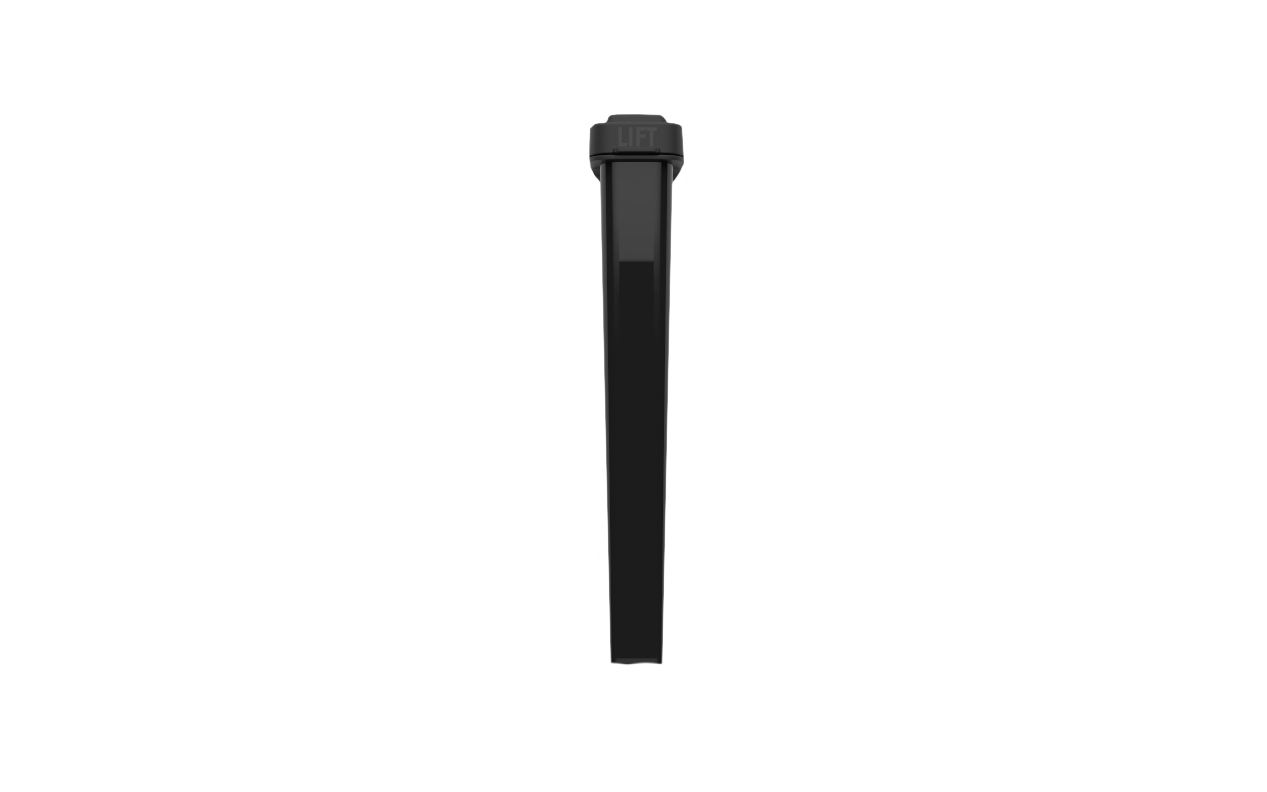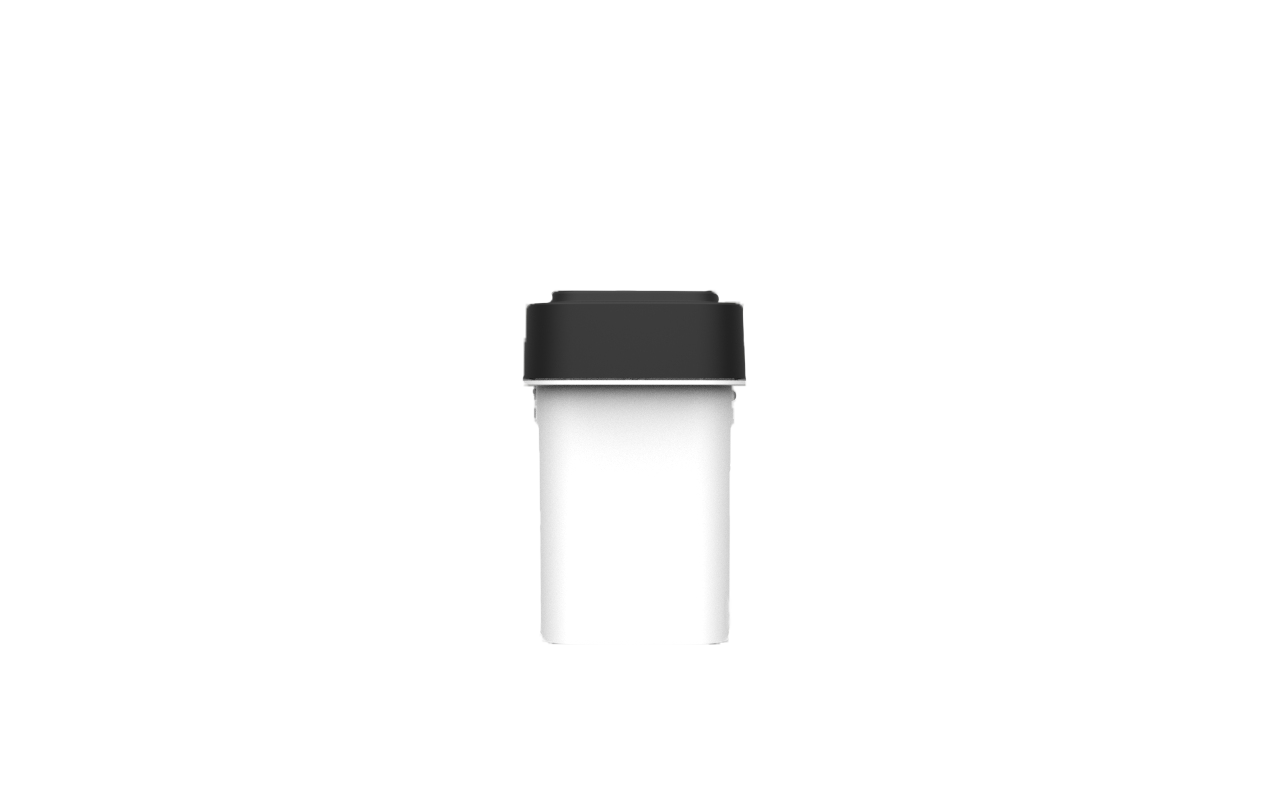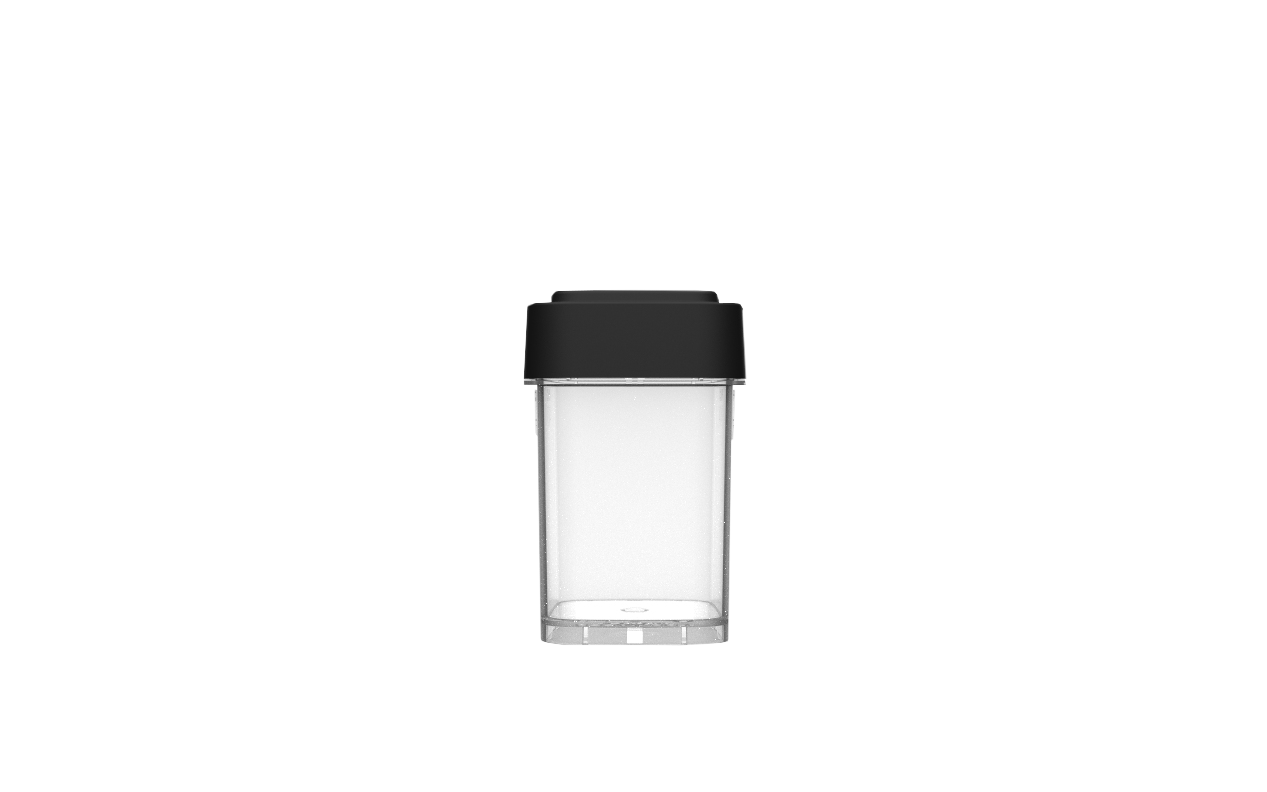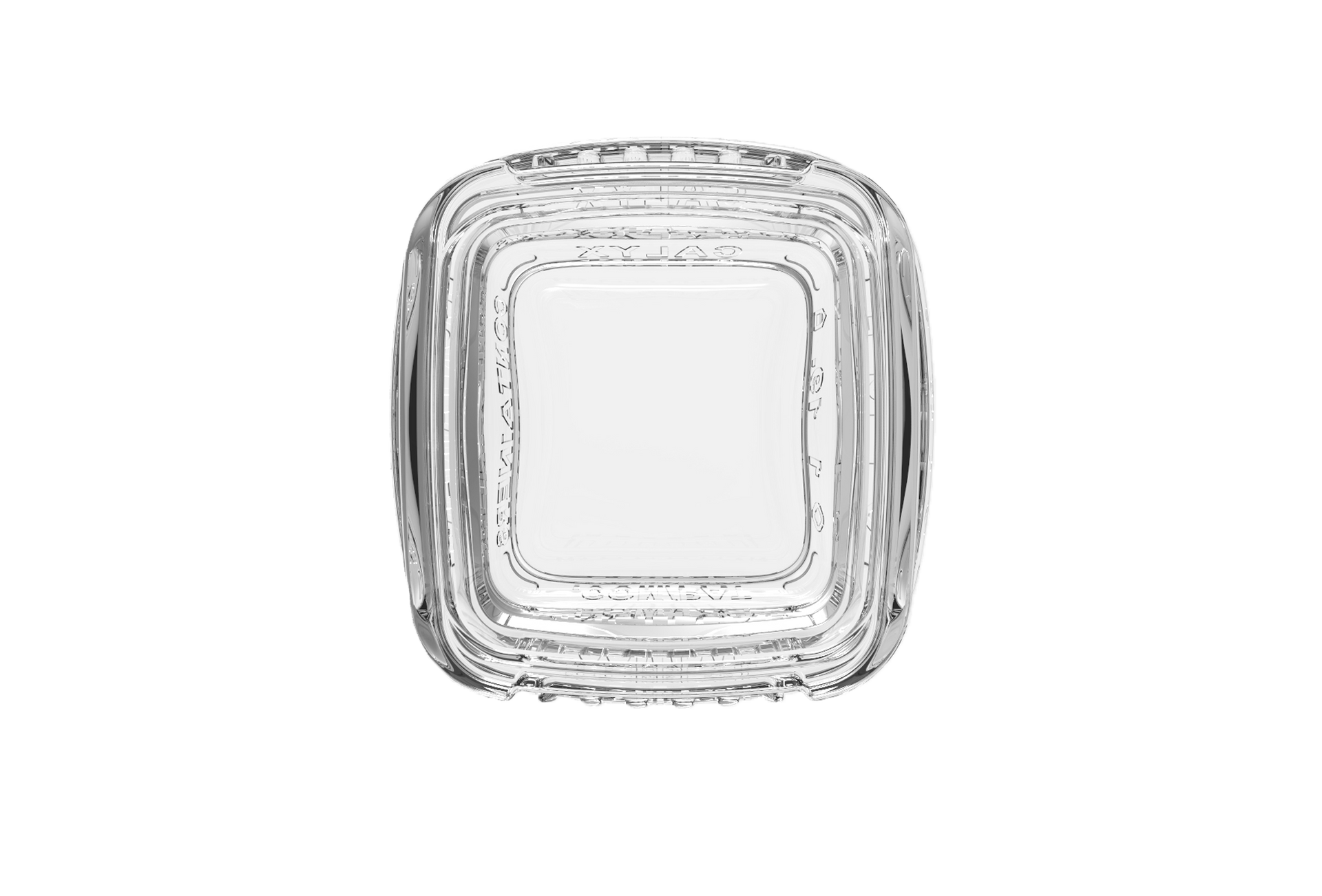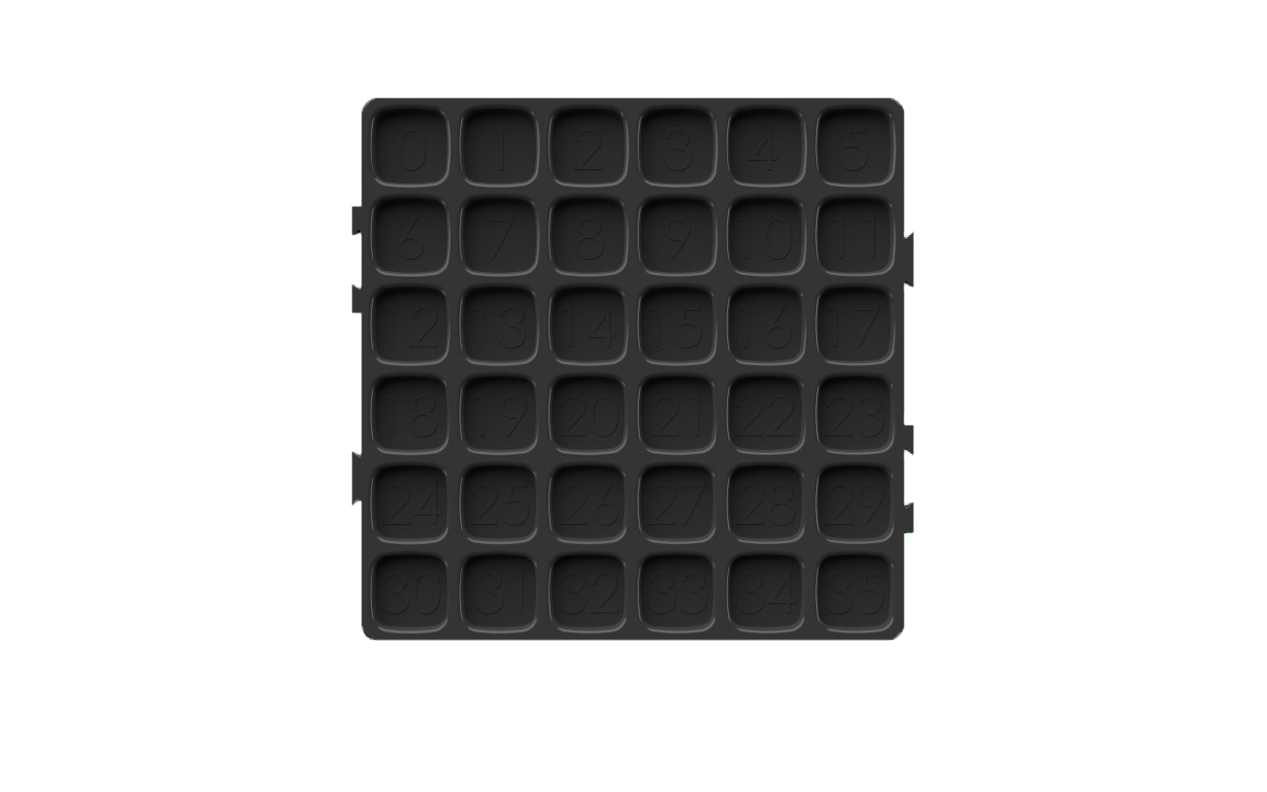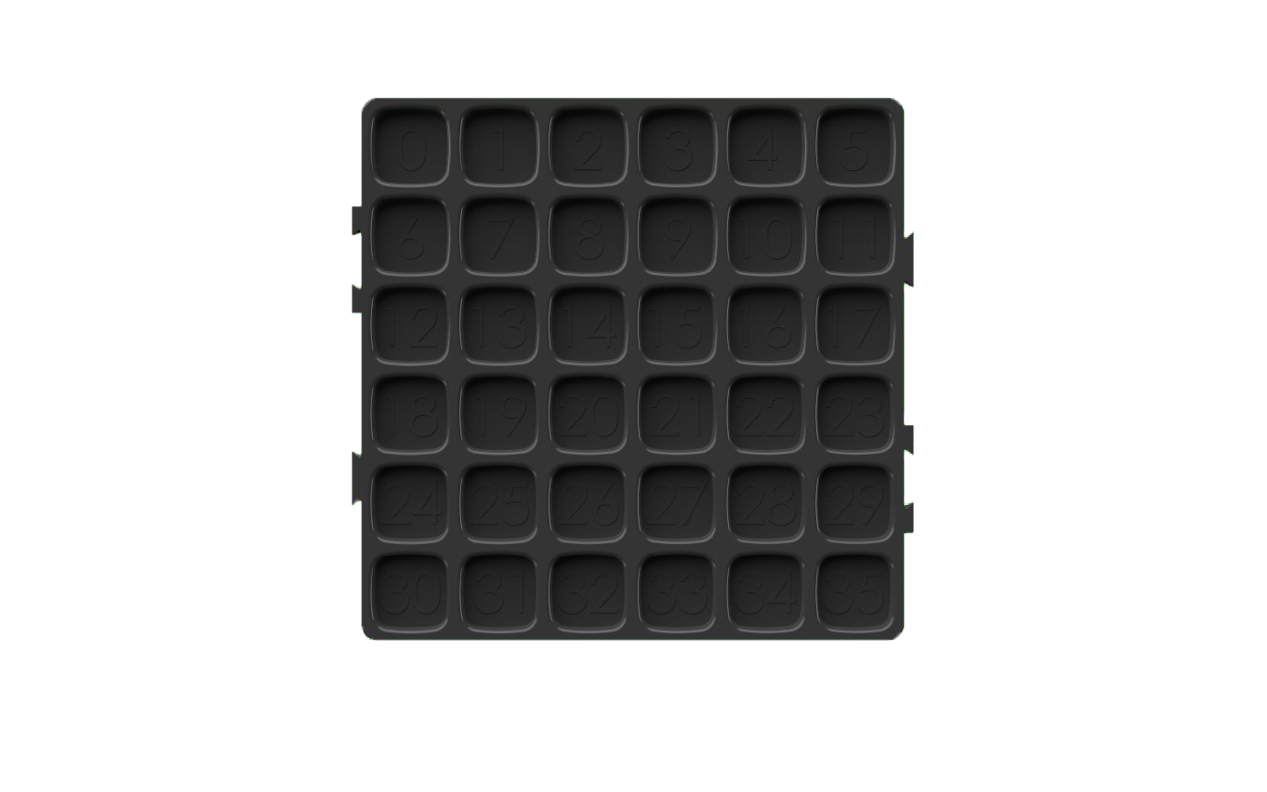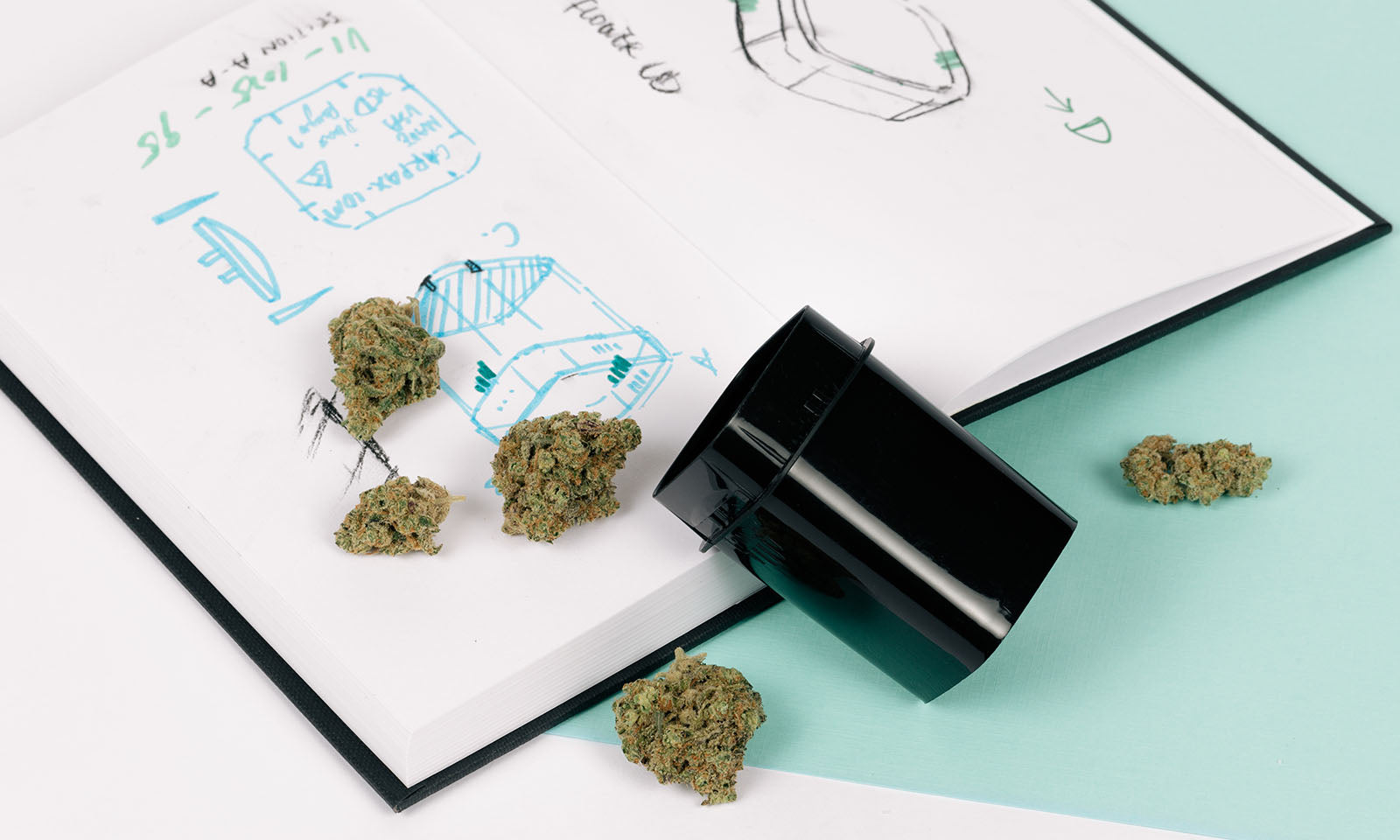Drying is one of the most critical steps in post-harvest cannabis processing. Get it wrong, and even the highest-quality flower can lose potency, flavor, and shelf life before it ever reaches a customer. Get it right, and your harvest retains its cannabinoids, terpenes, and structure—setting you up for a smoother curing process and a premium end product.
In this guide, we’ll break down why proper cannabis drying matters, the most common methods for drying cannabis, the ideal environmental conditions to achieve, and how the drying process connects to curing. Whether you’re a commercial cultivator or a home grower, understanding this stage can make or break your final results.
Why Cannabis Drying Is Important
Freshly harvested cannabis contains a significant amount of water—anywhere from 60% to 80% of its weight. That moisture must be carefully reduced to prevent mold growth, preserve cannabinoids and terpenes, and prepare buds for long-term storage and curing.
Proper cannabis drying:
- Prevents Mold and Bacteria Growth: Moist flower is a breeding ground for mold and microbes, which can ruin an entire batch.
- Preserves Cannabinoids and Terpenes: Controlled drying protects the compounds responsible for cannabis’s aroma, flavor, and effects.
- Ensures Smooth Combustion: Overly wet flower burns poorly, while overly dry flower burns harshly.
- Prepares Buds for Curing: Drying is the bridge to curing, the final step that deepens flavor and stabilizes the product for the market.
Skipping or rushing drying can lead to uneven results, decreased shelf life, and products that don’t meet quality expectations.
How to Dry Cannabis: Common Methods
While there are countless tweaks and techniques, most cannabis drying approaches fall into a few main categories. Here’s an overview of the most common methods:
1. Hang-Drying (Traditional Method)
The most widely used method, especially for craft and small-to-medium-scale cultivators.
- How it works: Whole plants or branches are hung upside down on drying lines or racks in a climate-controlled room.
- Pros: Preserves bud structure and allows for slow, even drying.
- Cons: Requires ample space and careful environmental control to prevent mold or over-drying.
2. Rack Drying (Tray Method)
Used when space is limited or quick turnaround is needed.
- How it works: Trimmed buds are laid out on mesh or perforated trays, stacked vertically in drying racks.
- Pros: Space-efficient and allows air to circulate around individual buds.
- Cons: Can cause flattening of buds and requires careful monitoring to avoid uneven drying.
3. Whole-Plant Drying
More common in commercial cultivation, where entire plants are dried before trimming.
- How it works: Whole plants are cut at the stalk and hung as a unit.
- Pros: Slows down the drying process, which can enhance terpene retention.
- Cons: Bulky to manage, and requires longer drying times and significant space.
4. Freeze Drying (Specialized Method)
A newer, more technology-driven approach.
- How it works: Fresh cannabis is frozen, then placed in a vacuum chamber where sublimation removes moisture.
- Pros: Extremely fast, helps preserve cannabinoids and terpenes.
- Cons: Requires expensive equipment, not ideal for most operations.
The Ideal Cannabis Drying Environment
No matter which method you use, the environment is key. The goal is to reduce moisture gradually, avoiding extremes that can degrade the product.
Ideal cannabis drying conditions typically include:
- Temperature: 60–70°F (15–21°C)
- Relative Humidity (RH): 50–60%
- Airflow: Gentle, consistent air circulation to prevent stagnant pockets without directly blowing on buds.
- Lighting: Darkness is best, as light exposure can degrade cannabinoids and terpenes.
- Dry Time: 7–14 days, depending on bud density, size, and environmental stability.
To test if buds are ready for curing, gently bend a small stem. If it snaps rather than bends, the flower is dry enough to move to the next stage.
What Happens After Drying? The Role of Curing
Drying is only half of the post-harvest equation. Once cannabis reaches the ideal moisture content—typically 10–12% moisture or 0.55–0.65 water activity (aₚ)—it’s time to cure.
Curing allows cannabinoids to fully mature and terpenes to stabilize, while minimizing the risk of mold or terpene degradation. Without proper curing, dried cannabis can taste grassy, lack aroma, and degrade faster.
Simplifying Curing With Calyx Cure
Traditional curing often involves mason jars or bins, daily “burping” to release CO₂ and moisture, and humidity packs to stabilize conditions. This process is time-consuming and can be difficult to scale without risking inconsistency.
Calyx Cure was designed to simplify curing for growers at every level:
- Microclimate Technology: 9-layer film off-gasses CO₂, moisture, and VOCs while locking in terpenes, creating a stable curing environment.
- No Burping Required: Eliminates daily labor and the need for humidity packs.
- Durable, Scalable Design: Available in 1-, 5-, and 10-pound curing bags for craft and commercial cultivators.
- Consistent Results: Supports cannabinoid conversion and terpene preservation so your dried flower reaches its full potential.
After drying, placing your flower in Calyx Cure helps finish the process with less labor and greater consistency—allowing you to focus on quality and yield rather than constant monitoring.
Final Thoughts
Cannabis drying is one of the most important stages in producing high-quality flower. By understanding how to dry cannabis using proven methods, maintaining the ideal environment, and preparing for curing, growers can preserve the potency, aroma, and flavor of their harvests.
Once drying is complete, curing is the final step that brings everything together. With tools like Calyx Cure curing bags, growers can simplify that step while ensuring their flower delivers the experience their customers expect.
Stay tuned for our upcoming deep dives on cannabis drying environments, curing, and post-harvest best practices—or explore Calyx Cure to see how our curing technology can help bring out the best in your dried cannabis.
